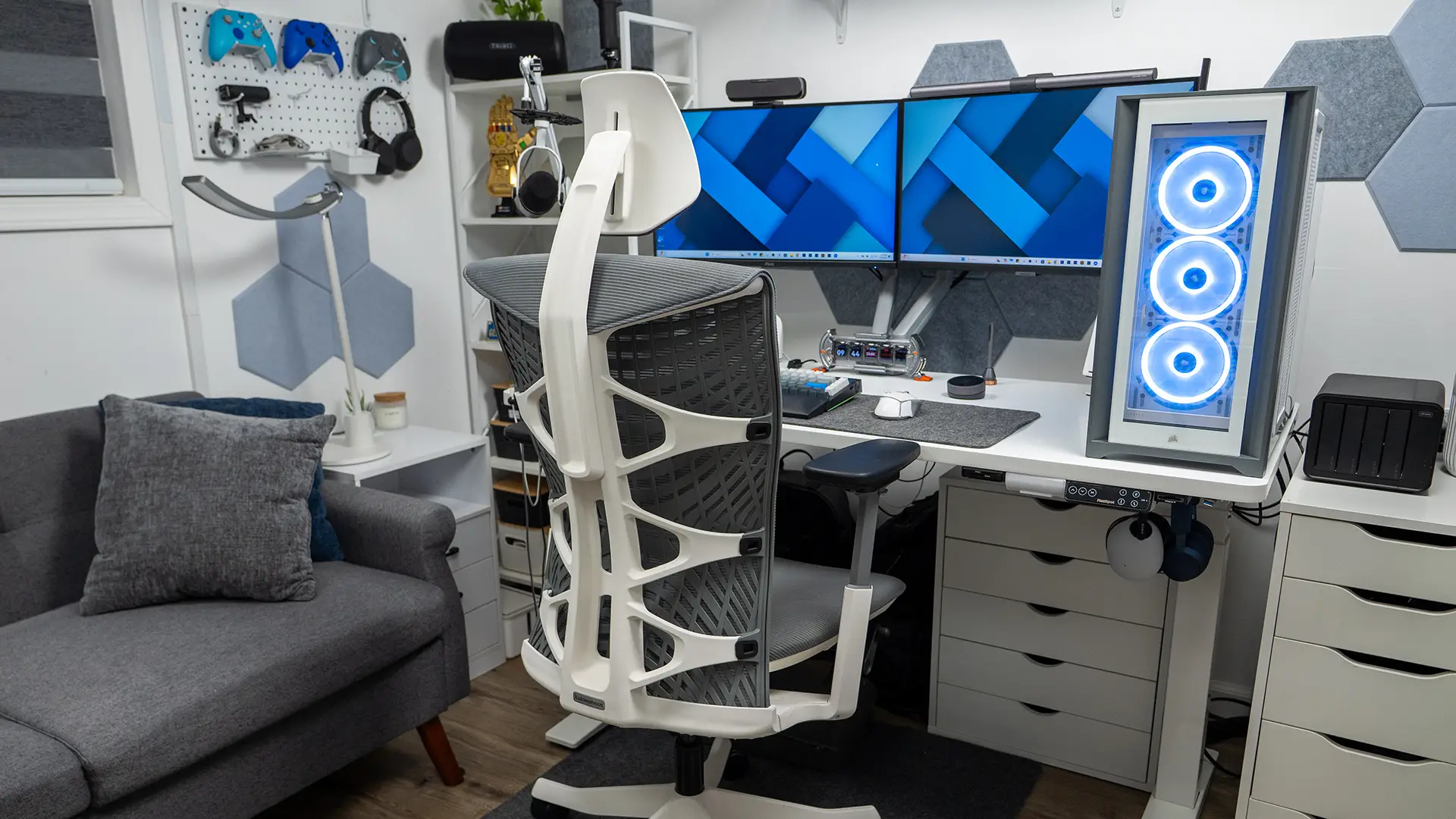
Table of Contents
Posture affects more than just how you look — it shapes how your body moves, feels, and functions every day. Understanding the different types of posture helps you recognize how daily habits impact your spine, muscles, and overall health. Whether it’s how you stand or the types of sitting posture you use at your desk, your alignment matters. This guide explores the types of good posture and types of bad posture, how to identify them, and how to make simple adjustments to improve comfort, reduce pain, and boost your energy.
What Is Posture?
Posture is the way your body holds itself while sitting, standing, or moving. It involves the natural curves of your spine and the balance of your muscles and joints. There are two main categories:
- Static posture: how you hold your body when you’re not moving, such as sitting at a desk or standing still.
- Dynamic posture: how your body aligns while moving, like walking, bending, or lifting.
The types of sitting positions on chair you use daily can directly influence your static posture. A neutral spine alignment helps keep your body balanced, reduces unnecessary strain, and lowers your risk of musculoskeletal issues over time.
Many people spend most of their day sitting, working on laptops, or using mobile devices. Over time, these habits can create misalignment, tension, and fatigue. By understanding the different types of posture, you can identify early signs of slouching or strain and correct them before they lead to chronic pain.
Recognizing both the types of good posture and types of bad posture also helps you make smarter choices about your workspace, the chair you use, and how you sit.
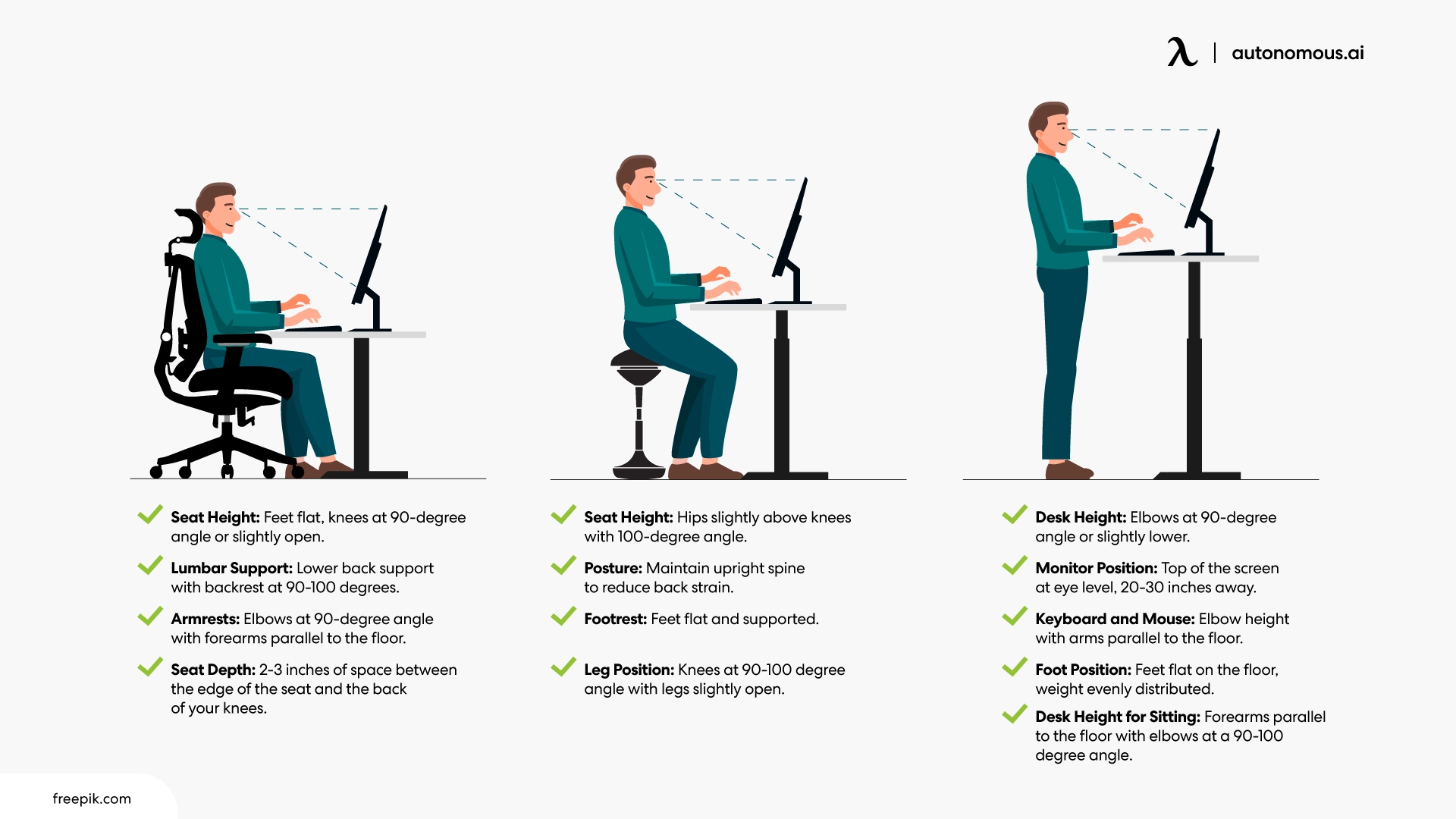
Main Types of Posture
Not all postures are the same. Some support the spine naturally, while others put extra pressure on your back, neck, and joints. Here are the most common types of posture to know:
1. Neutral Posture (Ideal Posture)
This is the healthiest alignment. Your ears, shoulders, hips, and knees form a straight line, and your spine maintains its natural S-curve. Neutral posture distributes weight evenly, reduces stress on muscles, and supports healthy breathing and circulation. It’s considered one of the best types of good posture.
2. Kyphosis (Hunchback Posture)
This posture involves rounding of the upper back and a forward head tilt. It’s common among people who lean over phones or laptops. Kyphosis can lead to stiffness, neck pain, and breathing issues over time. This is one of the most common types of bad posture caused by desk work.
3. Lordosis (Swayback Posture)
Lordosis, often referred to as swayback posture, occurs when the lower spine curves inward more than normal. It’s commonly associated with weak core muscles, prolonged high-heel use, and standing with poor alignment. Over time, this posture can lead to lower back pain, hip discomfort, and muscle imbalance. The sway back curve also places extra stress on the lumbar spine, making daily movements less efficient.
4. Flat Back Posture
In this type, the spine loses its natural curve, and the pelvis tilts backward. People with flat back posture may find it difficult to stand upright for extended periods and often experience fatigue in the lower back.
5. Forward Head Posture (Tech Neck)
Forward head posture is one of the most common types of bad posture. It occurs when the head juts forward beyond the shoulders, placing extra stress on the neck and upper back muscles. This posture often develops from leaning toward screens or hunching over devices.
Habits like leaning forward in chair or typing with poor wrist and shoulder alignment can make the issue worse. Maintaining an ergonomic typing position helps keep the head, neck, and shoulders in a more neutral and supported alignment.
6. Military Posture
While it may look upright, this posture involves overly straightening the spine and locking the knees, which can create stiffness and joint stress. It’s a reminder that not all “straight backs” equal types of good posture.
Types of Sitting Posture and Common Positions
The way you sit throughout the day greatly affects your spine, muscles, and overall posture. Understanding the types of sitting posture helps you build better habits and avoid unnecessary strain. Here are the most common types of sitting positions on chair:
1. Neutral sitting posture
Neutral sitting posture is considered the healthiest way to sit for long periods. It involves keeping your feet flat on the floor, bending your knees at roughly 90 degrees, and supporting your back with the chair. This position helps maintain the spine’s natural curve and evenly distributes weight, reducing pressure on the lower back.
Practicing proper desk posture keeps your alignment stable throughout the day, while proper writing posture helps prevent strain when working at a table or desk for extended hours.

2. Leaning forward & slouched sitting
Common when working on laptops or concentrating. It creates extra pressure on the neck, shoulders, and upper back, often leading to fatigue or stiffness.
Slouched sitting? Characterized by rounded shoulders and a collapsed spine. This is one of the most common types of bad posture, increasing the risk of back pain over time.
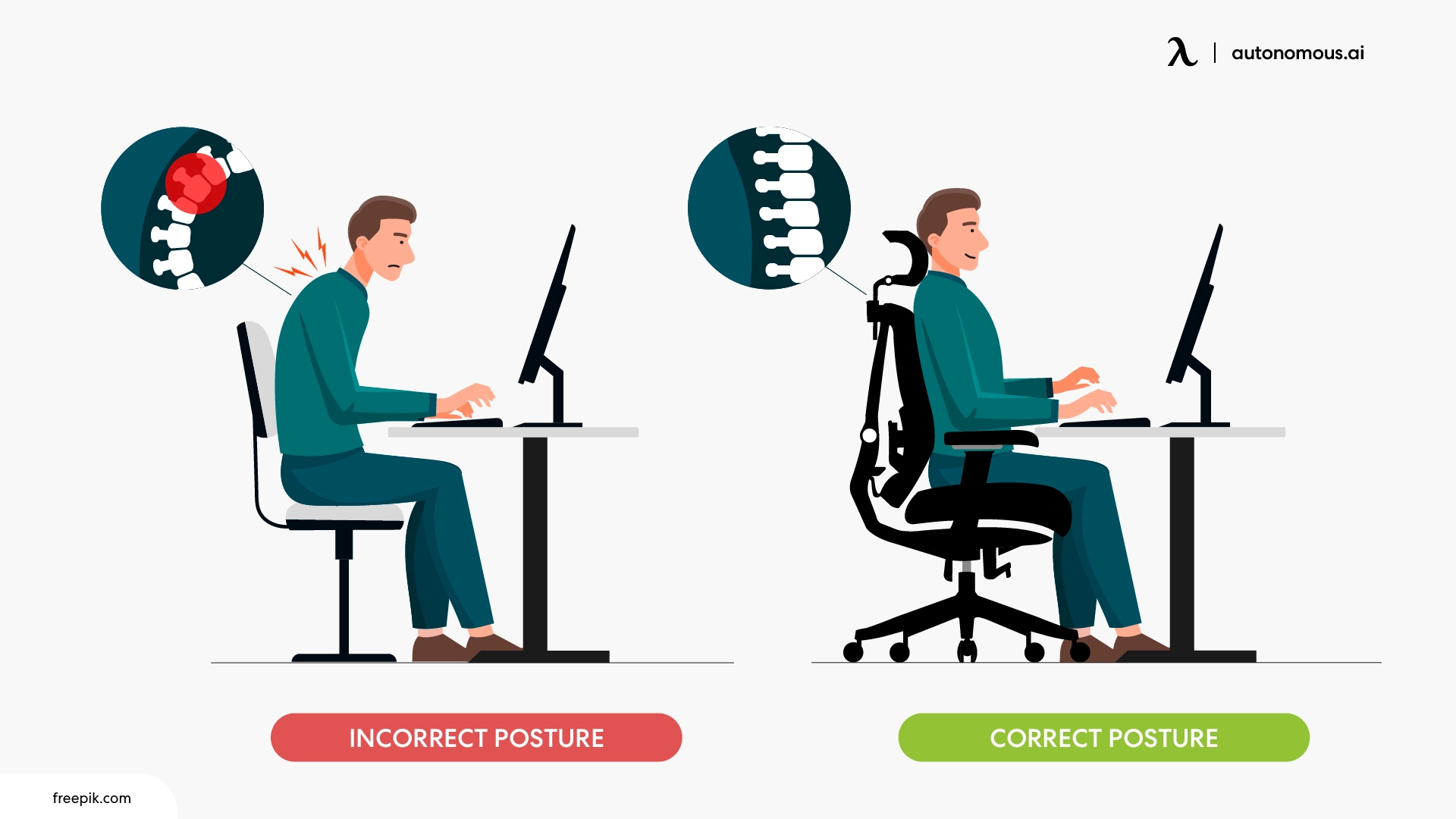
3. Perching on the edge of the chair
Perching on the edge of a chair can keep your body more active, but it offers very little back support. This position can work well for short periods, especially when practicing active sitting to stay engaged and alert.
For better posture support, some people use tools like a saddle stool or a standing desk stool to maintain a healthier hip angle and reduce slouching. However, as noted in is sitting on the edge of a chair bad for you, this position isn’t ideal for extended periods since it lacks proper lumbar support and can lead to fatigue over time.
.webp)
4. Cross-legged sitting
Sitting cross-legged often feels comfortable, but maintaining this position for too long can tilt the pelvis, affect hip alignment, and lead to muscle imbalances. Over time, it may also contribute to knee pain from sitting cross legged, especially if done daily.
Some people choose a cross legged office chair to make this posture more ergonomic, but even then, it’s best used in moderation. According to is sitting criss cross bad, this posture can create uneven weight distribution and extra strain on the lower back if it becomes your default sitting style. Recognizing these habits can help you adjust your posture and build healthier daily routines.
.webp)
How to Identify Your Posture Type
Identifying your posture type doesn’t require special equipment. You can use these simple methods:
- Wall test: Stand against a wall with your heels, hips, shoulders, and head touching. Notice gaps or curves.
- Mirror check: Stand sideways in front of a mirror and observe the alignment of your head, shoulders, and hips.
- Photo check: Ask someone to take a photo from the side to compare against neutral posture.
These techniques can reveal whether your natural posture leans more toward the types of bad posture like kyphosis or lordosis, or closer to a neutral alignment.
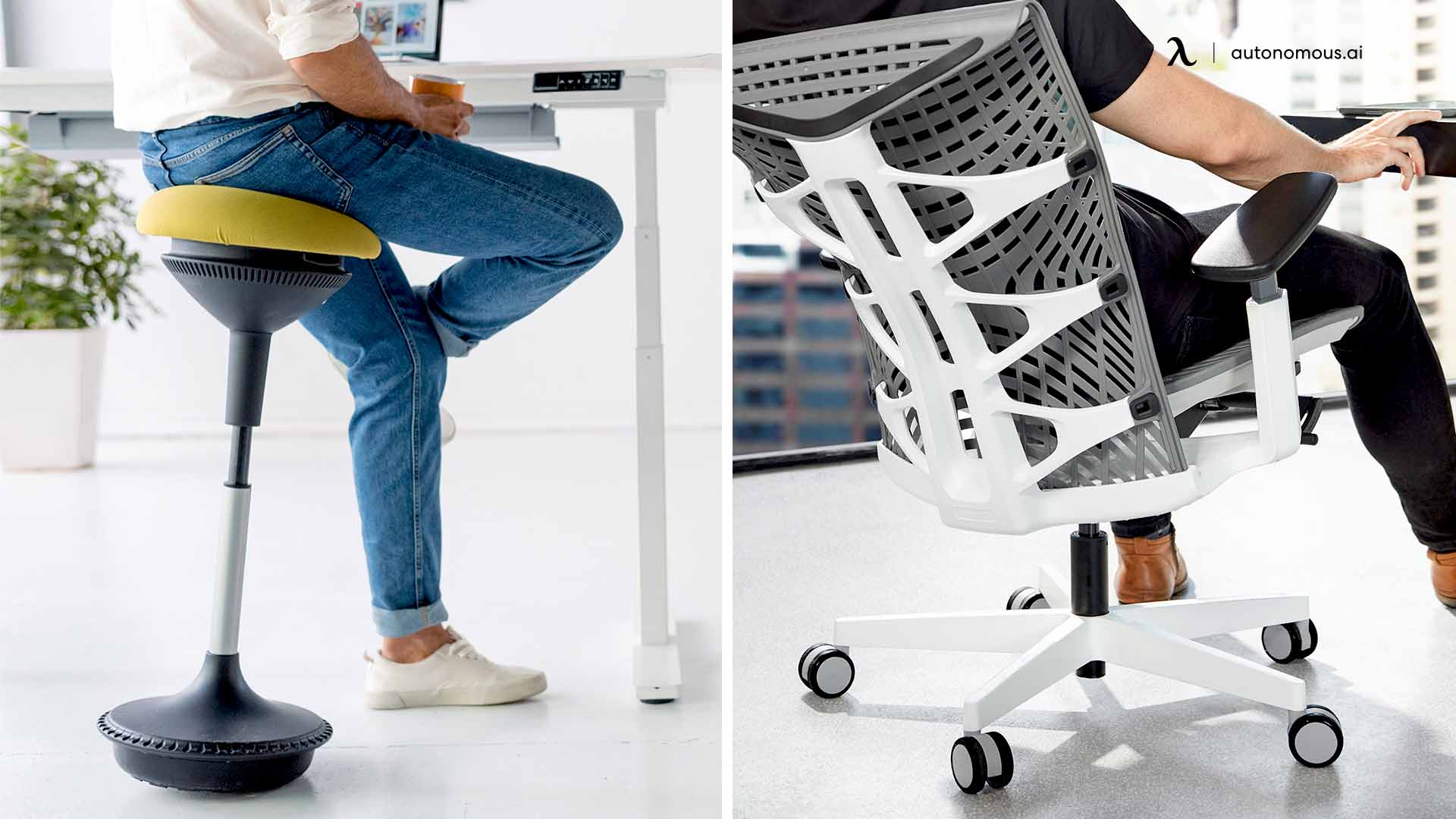
How to Correct Common Posture Problems
Fixing posture isn’t about forcing yourself to sit stiffly — it’s about making small, intentional changes that gradually bring your body back into alignment. Once you understand the different types of posture, it becomes easier to correct unhealthy habits and build better daily routines. Here are some effective ways to improve both standing and types of sitting posture:
- Adjust your workstation:
Position your screen at eye level and keep your keyboard and mouse within easy reach. This helps prevent leaning forward or hunching your shoulders, which can lead to neck and back strain.
- Keep your feet flat and supported:
Stable footing maintains your natural spinal curves and reduces lower back tension, whether you’re sitting or standing.
- Engage your core muscles:
A strong core supports the spine and improves posture naturally throughout the day. Simple moves like mild scoliosis exercises or targeted stretches can make a big difference.
- Take regular movement breaks:
Every 45–60 minutes, stand up, stretch, or walk around. This prevents stiffness from prolonged types of sitting positions on chair and encourages healthy movement.
- Strengthen and stretch strategically:
Focus on back, shoulder, and hip stretches to balance your posture. Options like the single best exercise for lower back pain, lower left back stretches, or lower back tightness stretches can help relieve tension and build strength.
- Use ergonomic furniture:
A supportive chair or standing desk encourages proper alignment and reduces slouching. Office chairs for lower back pain are designed to support the lumbar curve and make upright sitting easier.
- Take care beyond the desk:
Posture isn’t just about sitting. Knowing how to sleep with lower back pain and maintaining the best sitting positions for lower back pain can help keep your spine aligned around the clock.
Correcting posture isn’t about forcing yourself into uncomfortable positions. It’s about gradually training your body to return to a healthier, more balanced stance.
When to Seek Professional Help
If posture problems are causing pain, persistent stiffness, or mobility issues, it may be time to consult a physical therapist or ergonomic specialist. They can assess your posture more accurately and recommend exercises, stretches, or workstation adjustments tailored to your specific needs.
Certain types of bad posture can also lead to secondary problems like tension headaches or localized pain. For example, can bad posture cause headaches explores how poor alignment creates tension in the neck and shoulders that radiates upward. Similarly, issues like lower right back pain can sometimes stem from long-term postural imbalances.
Early professional intervention can prevent these problems from worsening and help restore proper alignment before chronic pain sets in.
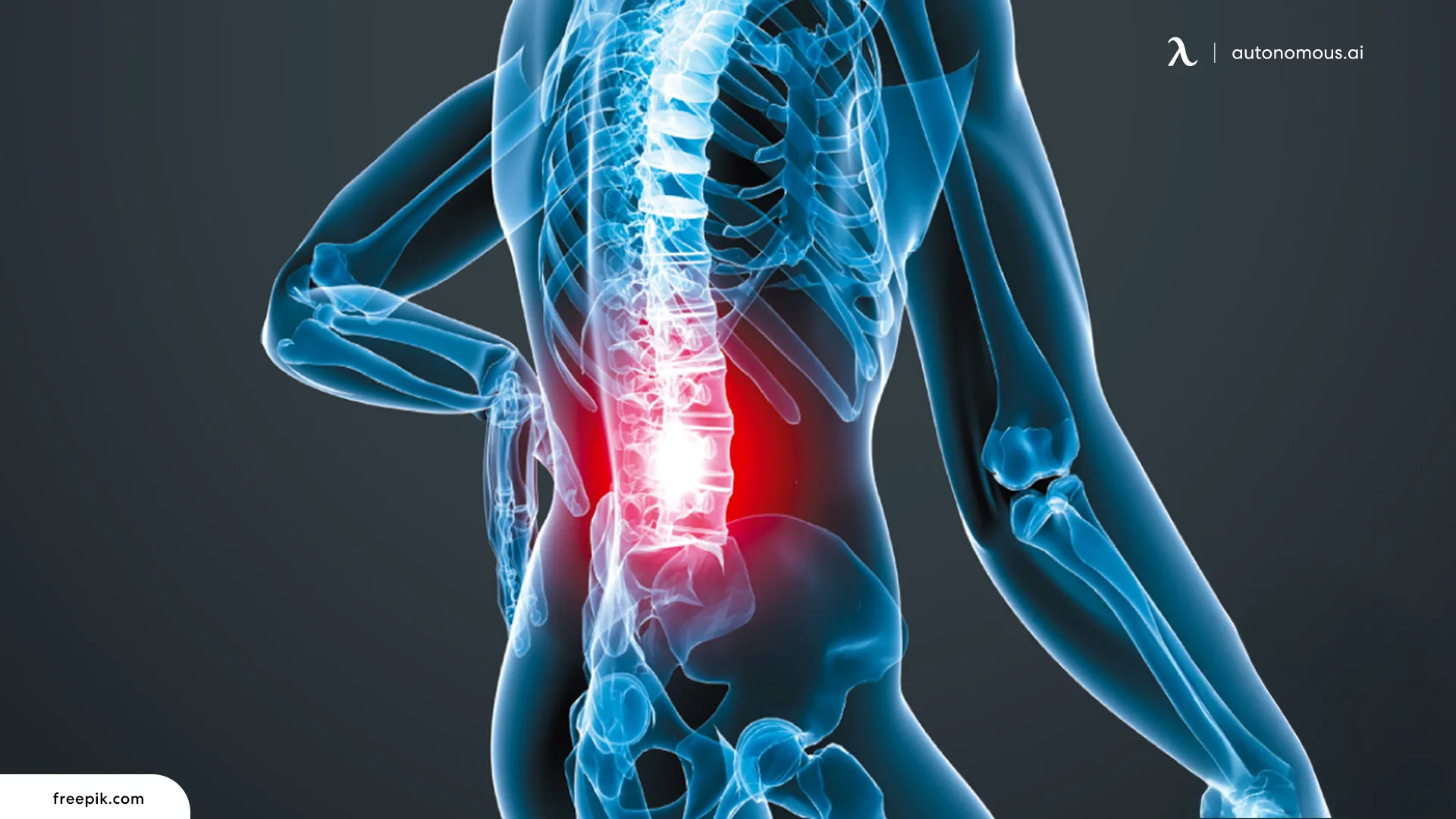
FAQs
What are the different types of posture?
Posture types typically include neutral (ideal), forward head, kyphosis (hunchback), lordosis (swayback), and flat back. These describe how your spine, neck, and shoulders align when you stand or sit.
What are the types of good posture?
Good posture includes neutral standing and neutral sitting, where your ears, shoulders, hips, and knees line up naturally. These types of posture minimize stress on muscles and joints and support comfort over time.
What are common types of bad posture?
Common types of bad posture include forward head posture, rounded shoulders, excessive lumbar curve (lordosis), and a flat back. These misalignments can lead to pain, stiffness, and long-term dysfunction.
What are the types of sitting posture people use?
Common types of sitting posture include neutral upright sitting, slouched sitting, leaning forward, perching on the chair edge, and cross-legged sitting. Each type affects spinal stress and muscle engagement differently.
What types of sitting positions on a chair are healthiest?
The healthiest sitting positions on chair maintain a neutral spine: feet flat, knees at about 90°, and the back supported. These positions help distribute the load evenly and reduce strain.
Can posture type change over time?
Yes — habitual movement, aging, muscle imbalance, and injury can shift your posture type over time. Being proactive with correction and awareness can help reverse poor posture trends.
How do I identify which posture type I have?
You can use a side-view mirror test, wall alignment check, or posture photos to compare your alignment to known posture types. Observing curves, head position, and shoulder angle can reveal your predominant type.
Does sitting posture type affect back pain?
Absolutely. Poor sitting posture types (like slouching or leaning forward) place excess pressure on vertebrae, discs, and soft tissues — often causing back and neck pain. Changing to healthier posture types can ease discomfort.
Are posture types relevant during movement (walking, lifting)?
Yes — posture doesn’t only apply while sitting or standing. Dynamic posture (how your body aligns during movement) is just as important; poor types of posture while walking or lifting create cumulative strain.
Is it too late to change my posture type?
No — with consistent movement, strength training, and awareness, many people can shift from bad posture types toward healthier ones. While structural issues might limit some corrections, most posture types can be improved with effort.
Conclusion
Posture isn’t just about appearance — it directly affects your comfort, mobility, and health. By learning about the different types of posture, especially the types of good posture and types of bad posture, you can spot unhealthy habits early and take steps to correct them. Making small adjustments to your types of sitting posture can help you maintain balance, reduce pain, and feel more energized throughout the day. Consistency is key — good posture is a daily habit, not a one-time fix.
Spread the word
.svg)

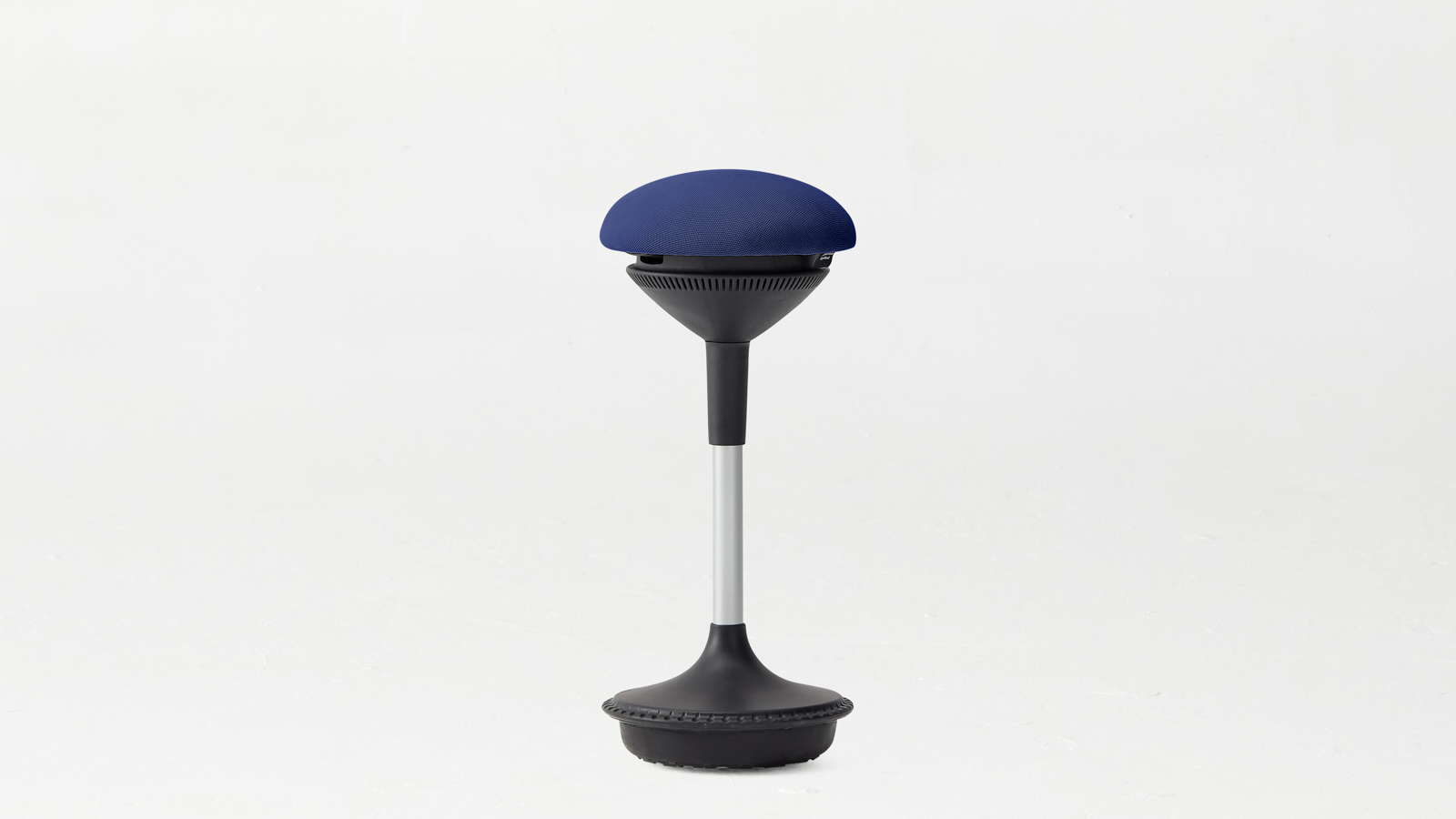

.webp)
